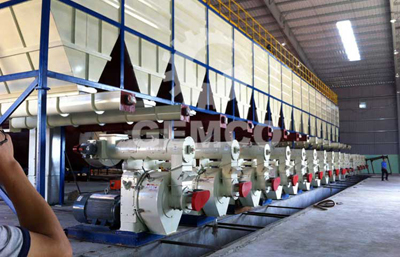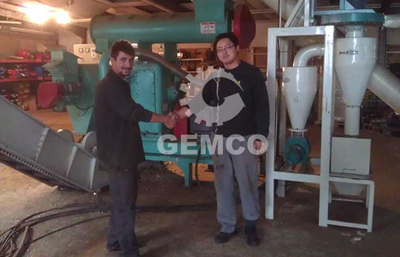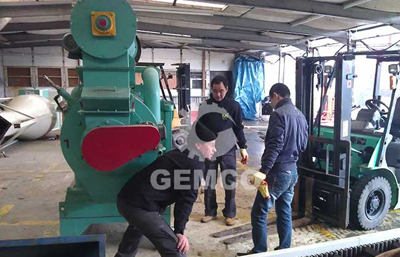What’s the price of industrial wood pellets in the future?
What comprises the cost of wood pellets?
The cost of wood pellets delivered to the power plant is composed of raw material cost, transportation cost, diesel fuel cost. The raw material cost is affected by the users’ demand, including wood pellet plants, paper mills, and wood products mills, as well as the moisture content. The delivery cost of wood pellets is affected by the distance and transport infrastructure.

Industrial wood pellets are traded by purchase contract
Most of industrial wood pellets are produced for specific buyers. They have drawn up a negotiate price in the purchase contract. This price should be neither too high or too low, or it will take away the profits of power plants or the pellet manufacturers.
The contract usually contains the clause defining the money risk and price regulatory mechanism. This mechanism aims to lower the risks when producers and buyers changes the key investment, like the wood cost and transportation cost. Every purchase contract drawn up by a wood pellet plant has special features and different prices.
The spot price of wood pellets
Although most of industrial wood pellets are traded through bilateral contract, the spot market is also important. The spot price provides information on supply and demand relationships and foreign exchange effects. For example, when the supply exceed demand, the spot price will drop. To make the industrial wood pellet market a real commodity market, the spot and forward price must support producers and satisfy buyers.

Industrial wood pellet spot price prediction
The chart below shows the past and predicted spot price in Amsterdam, Rotterdam, Antwerp every month. The price drop in recent period arises from the overcapacity. Meanwhile, the warm winters restrains the demand of heating pellets, which can be used in industrial production.

It is predicted that the imbalance of supply and demand will regulated after several wood pellet consumption projects go into operation. If Lynemouth, MGT, Langerlo and Drax turn to wood pellet fuel completely in 2019, they are going to consume 4.15 million tons of wood pellets.
Based on this prediction, the price of wood pellets will close to the cost in major wood pellet production area. The dollar/euro/pound exchange rate will converge to purchasing power price. In the past, the CIF price is between $155 and $175 per ton. It also predicts that the annual inflation rate is 1.5%, and the ocean freight rate will increase to 2.0% by 2020.
This prediction is on condition that the production won’t exceed demand, and the heating pellet consumption is at normal winter temperature. It is not necessarily true. No one know what the exchange rate will be in 4 years. The wood pellet supply may exceed the demand. The spot price may increase in the next few years, or go back to the long-term average in from 2019 to 2020.
We receive enquiries in English, Español (Spanish), Русский язык (Russian), Français (French) and العربية (Arabic). Our professional team will reply to you within one business day. Please feel free to contact us!




